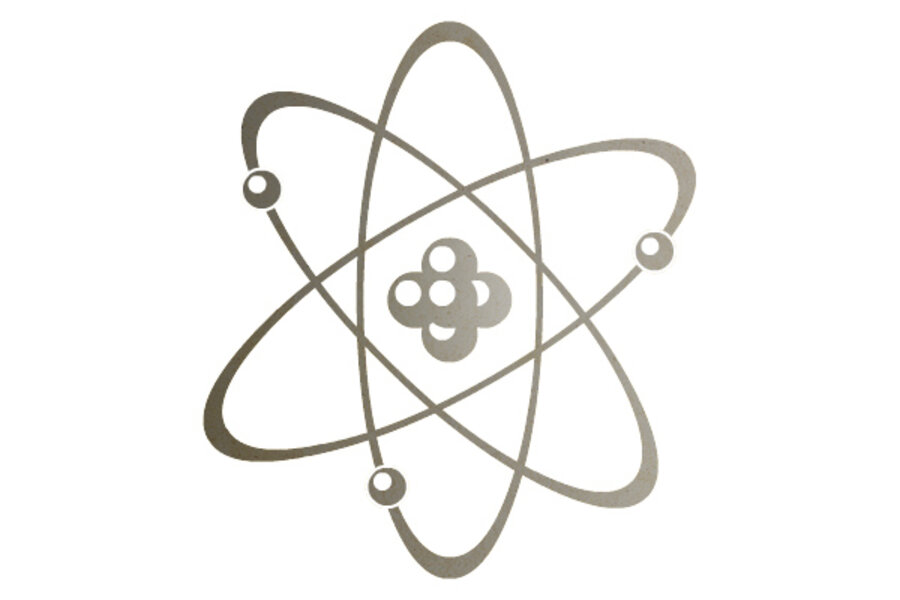Scientists clear quantum computing hurdle
Loading...
Large-scale quantum computing, that is, leveraging the seemingly paradoxical behavior of subatomic particles to develop blazingly fast computers, is now one step closer to reality, now that scientists have found a way to better control how these particles behave.
Normal computers store information in binary digits, or bits. A bit can have only one of two values, most commonly represented by a 0 or a 1. Bits can be embodied in levers, punch cards, vacuum tubes, magnetic strips, tiny pits on compact discs, electrical capacitors, or any thing that can have two distinct states.
Quantum computers, by contrast, use quantum bits, or qubits, which arise out of the properties of elementary particles. At the atomic and subatomic scales, the rules seem to be different from those for larger objects. An electron, for instance, exists in more than one place at the same time. The same goes for the magnitude of its angular momentum, or "spin," which can have more than one value at the same time.
This behavior, called quantum superposition, allows qubits to have values of 0, 1, or both, all at the same time, creating the potential for computers that can carry out incredibly complex calculations in a fraction of the time that it would take a traditional computer. One of the most promising ways to create quantum computer chips is to use electrodes to control and harness the superposed spins of electrons bound to phosphorous atoms within silicon chips.
But researchers attempting to do this kept running into a problem: When you change the spin of one electron, you end up affecting the spin of the ones next to it. Think of it like a garage door opener that opens every garage on the street.
In the current issue of the journal Nature Communications, scientists at the University of New South Wales in Sydney, Australia, working with theorists at Sandia National Laboratories in New Mexico say they have found a way around this inadvertent quantum jostling.
“It is a daunting challenge to rotate the spin of each qubit individually,” says Holger Büch, a UNSW doctoral candidate and lead author of the new study, in a press release.
Mr. Büch and his colleagues found that, if each electron is bound to a different number of phosphorous atoms than its neighbor, each will respond differently to a tuned electromagnetic frequency, allowing each qubit to be distinguished from the ones around it.
“This is an elegant and satisfying piece of work,” said UNSW Professor Michelle Simmons, Büch's Ph.D advisor. "This first demonstration that we can maintain long spin lifetimes of electrons on multi-donor systems is very powerful. It offers a new method for addressing individual qubits, putting us one step closer to realising a practical, large-scale quantum computer."






